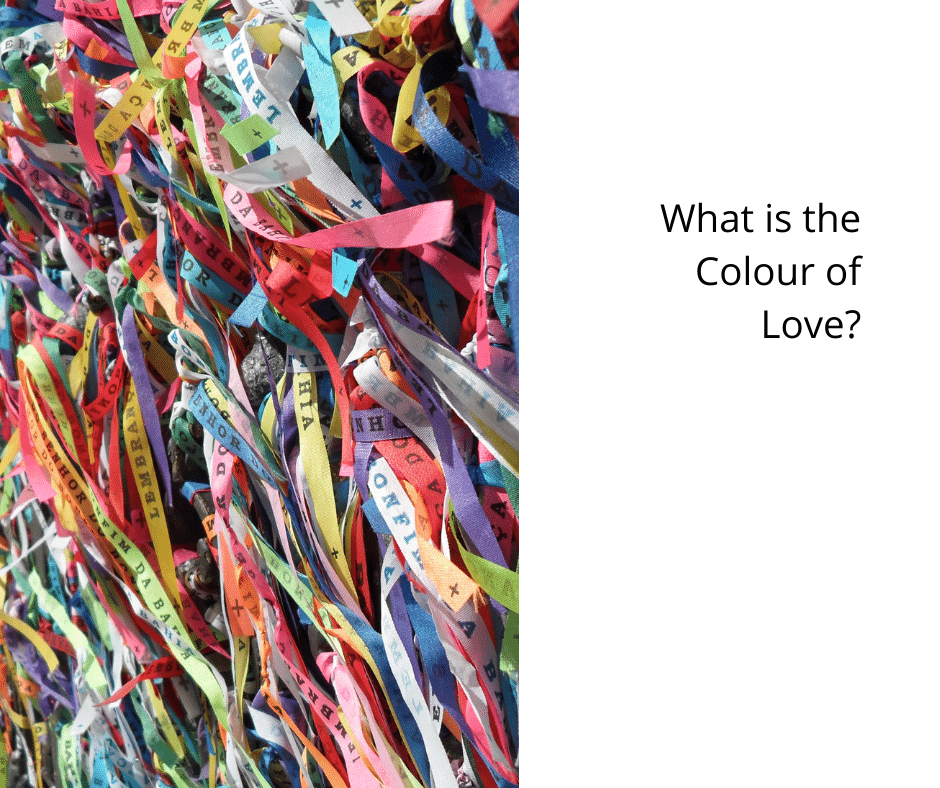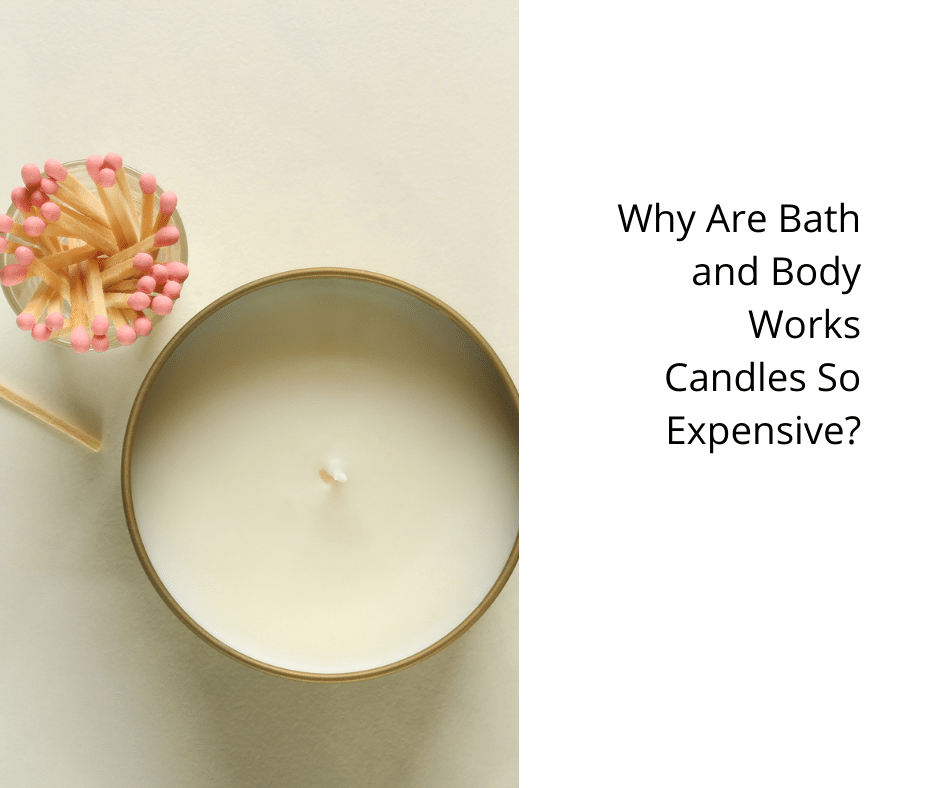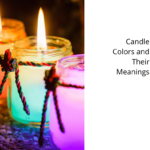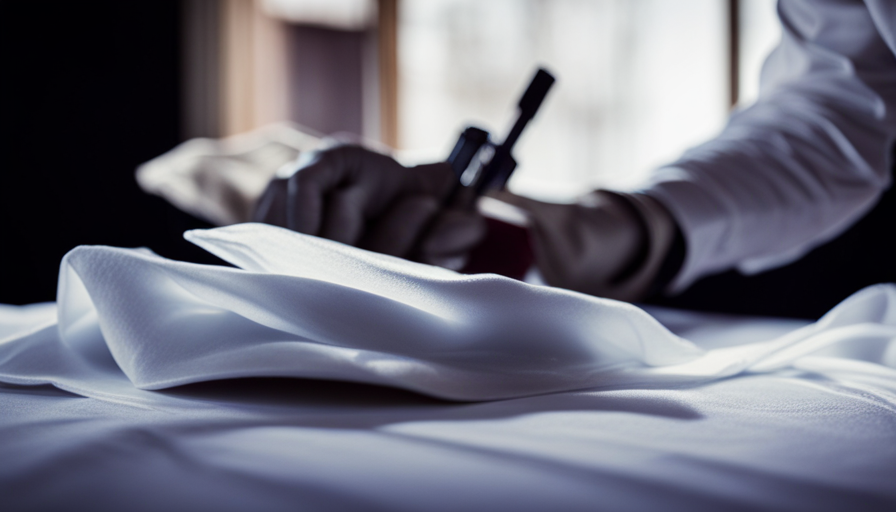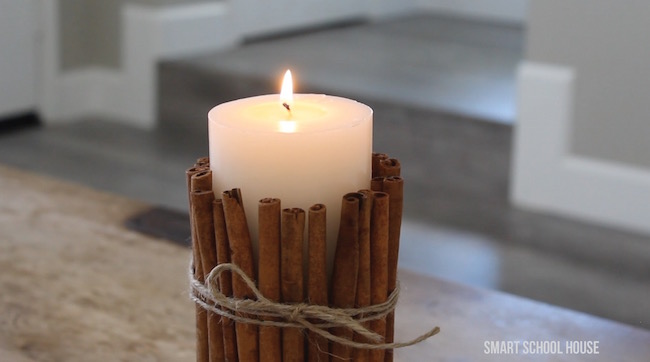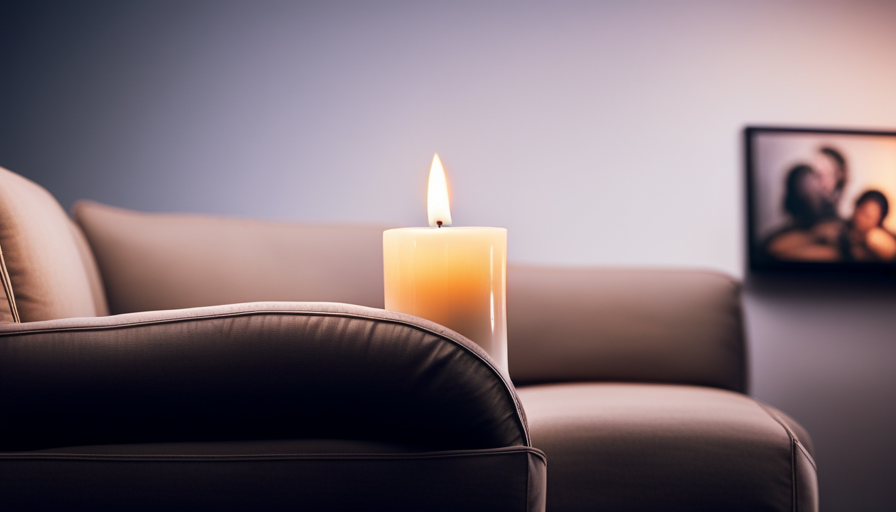The hues associated with love are often utilized as a means for individuals to convey their mutual emotions. There are numerous diverse shades and types that symbolize love, and the one you select should mirror the kind of bond you share and the love you both have. Keep in mind, regardless of the color you select, love is a distinct and intimate journey.
Red
Aside from being an eye-catching colour, red is also associated with love. It’s no surprise that red flowers are often gifted to romantic partners. But did you know that the Greeks and Hebrews also considered red to be the colour of love? In fact, there is even a poem from the Middle Ages called the Roman de la Rose, which tells of an author looking for a red rose in an enclosed garden. The poet was looking for the woman he loved.
Red is often associated with love but it can also be associated with passion and jealousy. Red can evoke a host of different emotions, from rage to happiness. But red is also associated with the body and its modest blood.
Purple
The colour purple is associated with the idea of love. It is a tender and insightful color that promotes understanding and peace. However, it is also considered to be an overly emotional and sensitive colour. Its beauty is undeniable. This article will examine the significance of purple in our lives.
Love is a complicated feeling. It can be expressed in many different ways depending on the relationship. For example, you could feel passionate love for your partner when you wear purple, but the truth is that it is a subjective experience. Despite this, you should know that love can come in many shapes, sizes and colours. This means that your love color should reflect your relationship and not be a general color.
Pink
Pink is an attractive colour that attracts attention and is evocative of love and affection. It also evokes childhood memories. It can be very harsh if it is not redeemed. It is associated with feelings of compassion and nurturing, but it is also associated with unrequited love. There are several shades of pink, and you may find the colour most appropriate for your relationship.
Pink is a sociable color that encourages others to be kind and considerate. It encourages positivity and kindness. It is possible to become so focused on others that you forget your own feelings and needs. In addition, the color may trigger childhood memories, so if you tend to dwell on the past, pink may be the wrong choice for you.
Orange
Orange is a cheerful and warm color. People tend to associate it with citrus fruits and bright sunsets. It also evokes images of good health and vitamin C. Orange is also a popular colour among children. In addition to love, it can also represent letting go of resentment, anger and pain in the lower abdomen.
Orange is a healthy color and a great source of vitamin C. The body cannot make it on its own. In eastern cultures, orange is symbolic of love, passion, happiness and marriage. In the Chinese and Japanese cultures, orange also symbolizes good luck. This vibrant colour is often used in costuming and theatrical productions.
Agape
Agape is the colour of love, and the relationship between an agape lover and his or her partner is one of love and harmony. A manic lover is obsessed with his or her partner, and may exert excessive pressure to make love. A manic lover may also experience intense jealousy. On the other hand, the agape lover is driven by an altruistic, compassionate attitude. Such a person will sacrifice his or her interests in order to make his or her partner happy.
Agape robes are always medium brown, indicating personal warmth and mature love. Long-term members of the order wear them. A medium-brown robe represents progress in love, and is usually worn by members with a long-standing relationship.
